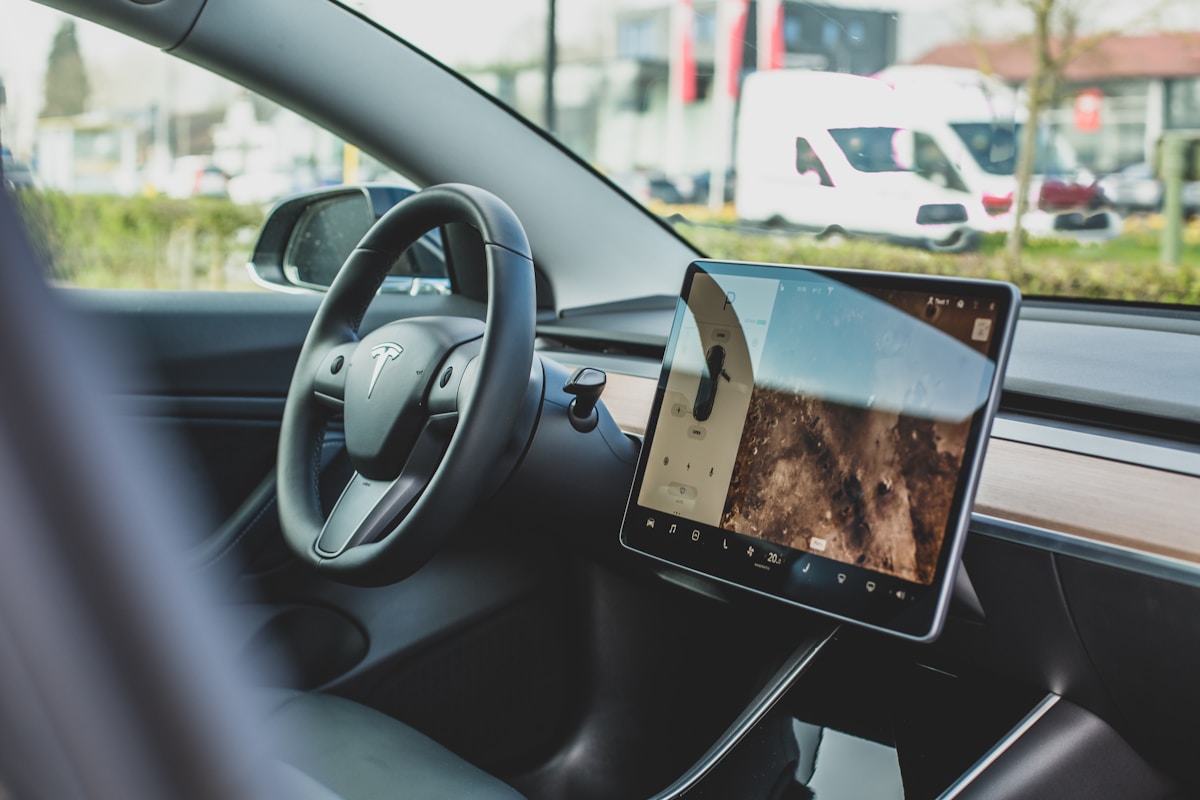
An advanced autonomous system can be a self-driving car, collaborative production assistant, or socially enabled domestic robot. Whether it's working with humans or without human supervision, advanced autonomous systems operate in complex environments with high levels of independence and self-awareness. Eventually, these systems will improve human safety, productivity, and resource use. These new technologies are the next logical step toward a more efficient, convenient, and flexible world.
In addition to improving autonomous features, the forward-facing lidar will expand Volvo's safety system capabilities. These sensors will augment the five radars, eight cameras, and 16 ultrasonic sensors already present in its vehicles. The new technology will also enhance Volvo's Pilot Assist feature. Volvo's Lidar is designed to detect pedestrians and improve the car's safety systems. The new system also enables drivers to enjoy onboard entertainment and social networking.Researchers are preparing for two technology demonstrations. Click on this link to get more info on autonomous vehicle systems.
One will be an airborne drone that autonomously flies from Camp Roberts to Armstrong in the summer of 2021. The test will exercise the system's air collision and obstacle avoidance capabilities. If successful, these demonstrations may ultimately serve as a certification pathway for the industry. The FAA may leverage the safety documentation of the demonstration as part of the FAA certification process. Ultimately, the technology can make flying safer.With such potential benefits, the U.S. Navy is interested in developing autonomous capabilities to enhance warfighting capabilities and perform increasingly hazardous tasks.
In a recent RAND study, researchers explored the current and future military applications of advanced autonomous systems. They focused on unmanned surface and underwater vehicles, and examined four areas: fleet architecture, autonomy, and alternative concepts of operation. Researchers found that the U.S. Navy is a key beneficiary of developing these systems. See this link to learn more about military applications of advanced autonomous systems.
RoBattle, a prototype of an operational all-terrain robotic vehicle, combines an advanced autonomous system with real-time 3D mapping and decision support systems. The vehicle drives autonomously between points of interest while triggering dedicated payloads. It generates alerts when it detects irregularities and transmits real-time video to a command post. This technology also enables continuous communication between the RoBattle and the command post. Today, the U.S. military is implementing a variety of semi-autonomous systems, such as drones and various ISR collection platforms. While these systems are still operated by humans, they can help cut down on the number of human soldiers needed on the battlefield. Furthermore, they can help extend the operational range of the U.S. military.
This is a very good thing. While it is still in its early stages, advanced autonomous systems are paving the way toward the future of warfare. Check out this post for more details related to this article: https://simple.wikipedia.org/wiki/Self-driving_car.